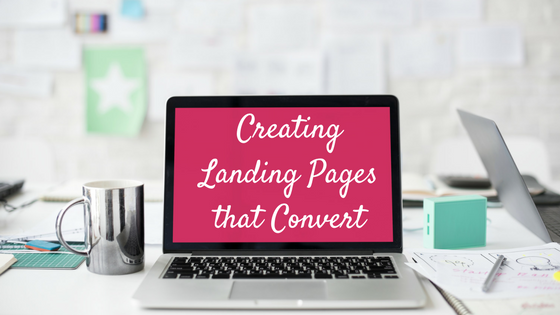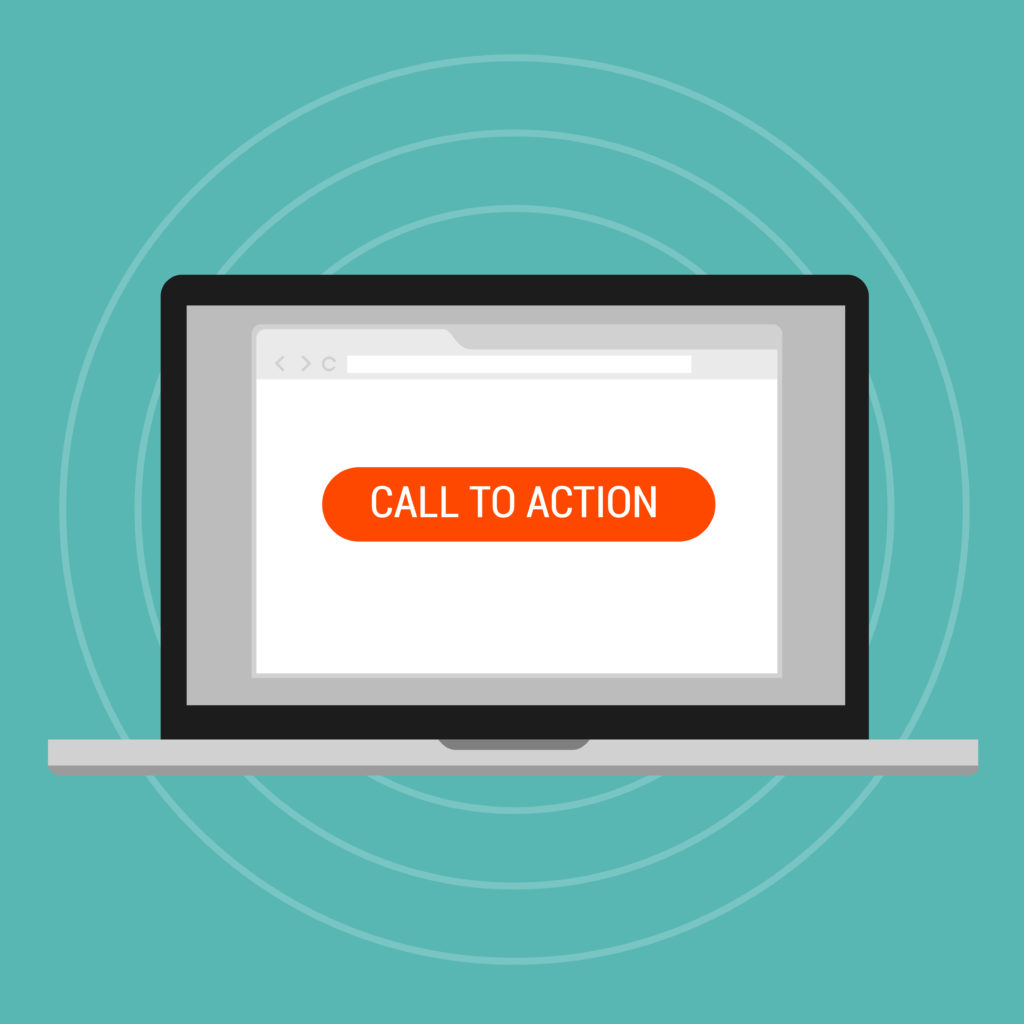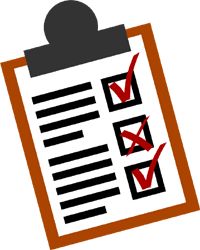Creating Landing Pages that Convert
Are you busy? Of course, you are and that is another reason that you need landing pages that convert because your readers have short attention spans because they are busy, too.
I’m sure that’s no big surprise to you. In fact, you probably browse the Internet at light speed, too, scanning titles and subheads, skipping to the bottoms of sales pages, and fast-forwarding through videos just so you can get to the next thing. You’re probably doing it on this blog post (caught you). We all do it.
The same is true for your readers, and if you want to capture their attention long enough to entice them to opt-in to your mailing list, then you must keep that in mind.
Newspaper Publishing Tip
Have you ever noticed that everything you need to know about a news story is in the first paragraph? Journalists are trained to answer all the questions—who, what, where, when, why and how—in the first few sentences. Why is that? They do it just in case the story gets cut off when the paper goes to print.
In today’s online world, where column inches no longer matter, this type of story formatting isn’t quite so critical any more, but it’s still a useful tip to use when you’re writing an opt-in page.
Think about it: If your readers are skimmers (as most of us are) then making sure you include the most important information right at the top of the page is going to greatly improve your conversion rates, right?
For opt-in pages, that means putting the biggest benefits in your subject line, and following it up with two or three sentences that build on your headline. That’s it. Keep it short, sweet, and benefit driven, and you’ll have greater success than you would with longer content.
Graphics Matter
Whether your opt-in incentive is an eBook, a video, or even a simple checklist, having a graphic representation of your offer is an important component of your landing page.
Typically, you’ll create (or have created) a digital book or CD cover. You can easily outsource this, but be sure you follow these strategies:
- Bold fonts and short titles make your cover more readable.
- Use high-contrast colors for more visibility.
- Be true to your brand. Stick with colors and fonts your readers expect.
Crafting a Compelling Call to Action
While it seems as if you can expect readers to know what to do when they land on your opt-in page, it’s just not true. You must invite them to take the next step. Give them specific instructions and you’ll have higher conversion rates than if you just leave it to chance.
Your call to action should tell a reader exactly what to do, like this:
- Click here to download
- Enter your name and email for instant access
Watch the text on your form buttons, too. After all, “Subscribe” or “Sign Up” doesn’t exactly make you feel excited, does it? Consider using a phrase that matches your call to action instead, such as:
- Get the Checklist!
- Send the Video!
Be Sure to Offer Value
If you are offering a free gift on your landing page make sure it has value, provides a solution to a problem and highlights your expertise.
I’m not saying give away all your techniques and special formulas for success but perhaps you can offer a solution to a pain point that you see in the market and provide a step-by-step way to approach it. Show examples, do an over-the-shoulder training and/or provide resources to some of your favorite apps.
Take a look at your opt-in pages. Do they follow these strategies? If not, consider making some changes to your copy, your images, and your calls to action, and the value you offer. Then watch your results. You’ll more than likely see a boost in conversion rates if you do.
Need some help with this? Let me share a wonderful resource. Check out our friends over at LeadPages. They offer templates that can be customized to create beautiful landing pages (and other pages, too) and save you time and designer costs if creating landing pages is not for you. I use them myself and have since they started. Check them out.







